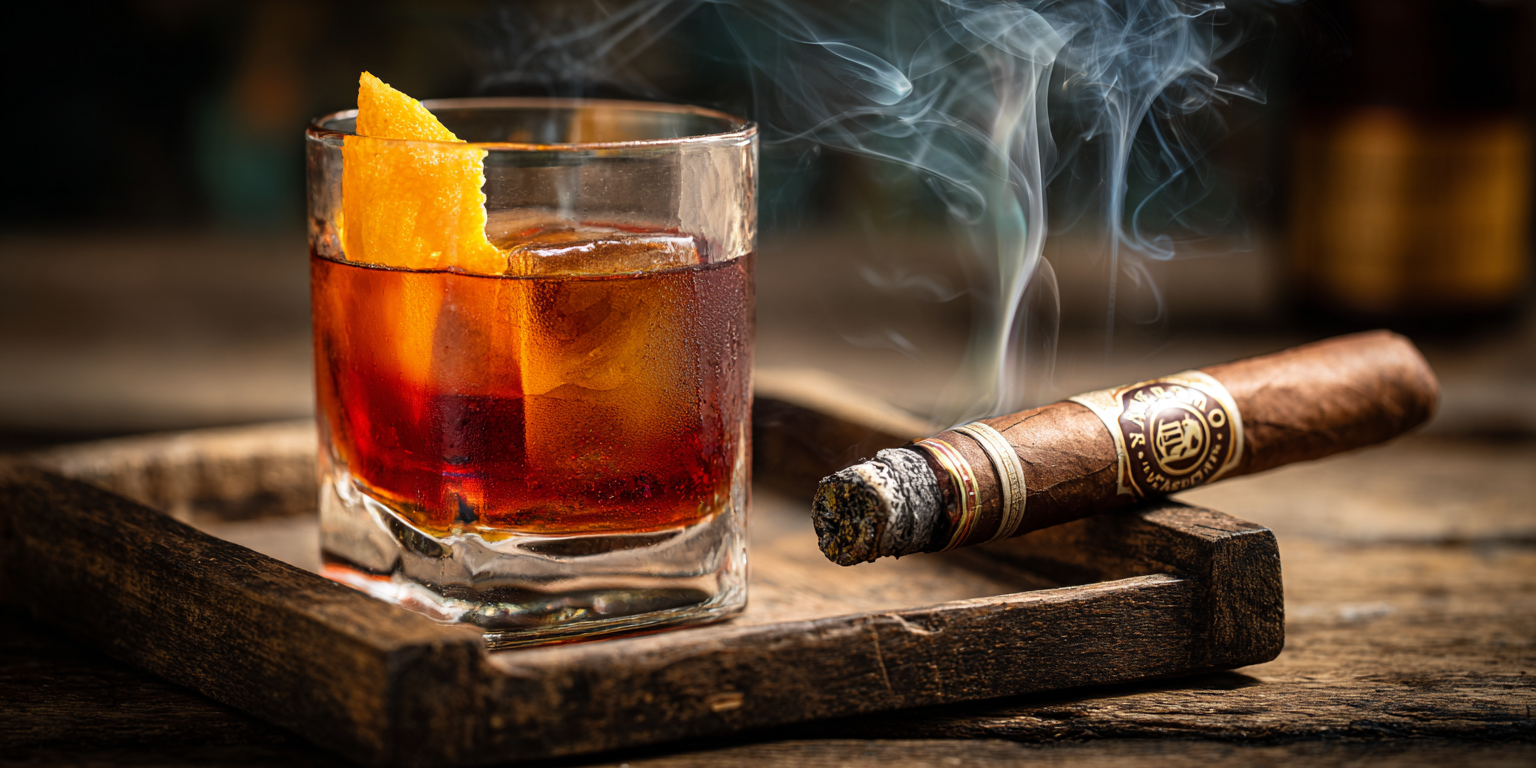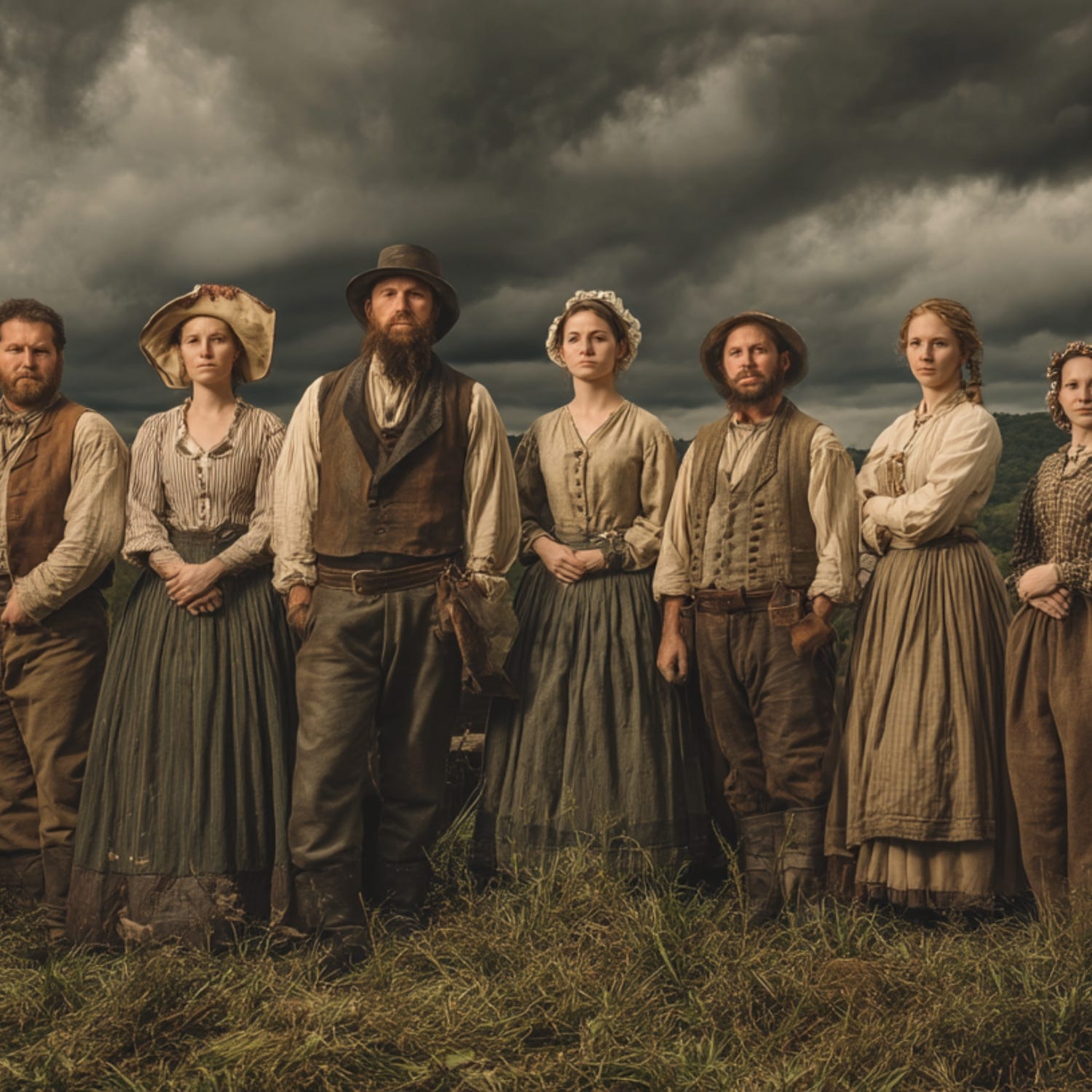Whiskey as Currency: How Distilled Spirits Fueled the Frontier Economy

Welcome to a deeper dive into the fascinating story of whiskey’s role in shaping the American frontier, a topic we explored in our latest Smoke Signals podcast episode, The Whiskey Rebellion — When Farmers Fought for Bourbon. In this post, we’ll expand on how whiskey became more than just a drink; it was a vital economic engine, a medium of exchange, and ultimately, a symbol of independence and rebellion. We'll journey back to the 18th century, exploring the challenges faced by settlers, the rise of whiskey production, and the pivotal events that culminated in the Whiskey Rebellion, a critical moment that tested the very fabric of the young American republic.
Whiskey: More Than Just a Drink
Life on the American frontier in the late 18th century was defined by hardship, isolation, and a severe lack of hard currency. Settlers in western Pennsylvania, Kentucky, and other remote areas faced immense challenges in building their lives and participating in the broader economy. Transporting goods across the Appalachian Mountains was a daunting and expensive endeavor, making it impractical to ship bulky agricultural products like grain to eastern markets. Consequently, farmers were often left with surpluses they couldn't easily sell or trade.
Enter whiskey. Turning grain into whiskey offered a practical solution to this logistical nightmare. Whiskey was far more compact and valuable per unit than raw grain. It could be transported more easily and stored for longer periods without spoiling. This transformation of grain into a more manageable and profitable commodity was crucial for the frontier economy. Almost overnight, whiskey became a de facto currency, a universally accepted medium of exchange in a region starved of hard money. It was used to pay for goods and services, settle debts, and even compensate laborers. Imagine a world where you paid your doctor with a jug of rye or bought supplies at the general store with a barrel of corn liquor – that was the reality of the frontier.
Furthermore, whiskey production was deeply intertwined with the social fabric of frontier life. Distilleries were often family-run operations, providing not just a source of income but also a focal point for community gatherings. The process of making whiskey fostered a sense of self-reliance and ingenuity, traits highly valued in the rugged environment of the frontier. Distilling expertise was passed down through generations, creating a tradition that would eventually give rise to the distinctive American spirit we know as bourbon.
Alexander Hamilton's Excise Tax: The Spark of Rebellion
The situation on the frontier, already challenging, took a dramatic turn with the introduction of Alexander Hamilton's excise tax on distilled spirits in 1791. Hamilton, the first Secretary of the Treasury, designed this tax as part of a broader plan to consolidate the national debt and strengthen the federal government. The tax was intended to generate revenue to pay off debts incurred during the Revolutionary War and assert federal authority over the states.
However, the excise tax was deeply unpopular, particularly among frontier farmers who relied on whiskey production for their livelihoods. The tax disproportionately affected small-scale distillers, who couldn't afford to pay the tax or navigate the complex regulations. Larger distillers in the East had the resources to comply with the law, giving them a significant competitive advantage. This perceived unfairness fueled resentment and a sense of injustice among frontier communities.
The tax was seen as an attack on their way of life and their hard-earned economic independence. For many, it evoked memories of British taxation policies that had sparked the American Revolution just a few years earlier. The cry of "No taxation without representation" resonated strongly with those who felt marginalized and ignored by the distant federal government. Frontier residents argued that they had little say in the policies that affected them and that the excise tax was an oppressive measure designed to benefit wealthy eastern interests at their expense.
Resistance to the tax began with peaceful protests and petitions, but as the government enforced the law more rigorously, tensions escalated. Tax collectors were harassed, intimidated, and even assaulted. The situation was ripe for conflict, and it was only a matter of time before violence erupted.
The Clash at Bower Hill: First Blood
The simmering resentment finally boiled over with the confrontation at Bower Hill, the home of John Neville, the regional tax inspector for western Pennsylvania. Neville was a symbol of federal authority and a target of local animosity due to his zealous enforcement of the excise tax.
In July 1794, a group of armed protesters, led by William Miller, a Revolutionary War veteran, surrounded Neville's fortified home. The protesters demanded that Neville resign his post and cease collecting the tax. Neville refused, and a tense standoff ensued. Shots were fired, and in the ensuing exchange of gunfire, several protesters were killed or wounded. This clash marked a turning point in the Whiskey Rebellion, transforming it from a series of scattered protests into an open armed revolt.
News of the Bower Hill incident spread quickly throughout the region, igniting a wave of outrage and escalating the conflict. Militias formed, and armed rebels began to organize and coordinate their actions. The rebellion gained momentum as more and more people joined the cause, fueled by a combination of economic grievances, anti-federalist sentiment, and a deep-seated belief in individual liberty.
The rebels targeted tax collectors, federal officials, and anyone perceived to be sympathetic to the government. Courthouses were burned, tax records were destroyed, and communication lines were disrupted. The situation in western Pennsylvania threatened to spiral out of control, raising fears that the young nation might disintegrate.
Washington's Response: A Test of Federal Power
Faced with a full-blown rebellion, President George Washington took decisive action to assert federal authority and restore order. He viewed the Whiskey Rebellion as a direct challenge to the legitimacy of the U.S. government and a test of its ability to enforce its laws.
Washington issued a proclamation ordering the rebels to disperse and return to their homes. When this failed to quell the unrest, he invoked the Militia Act of 1792, authorizing the federal government to call up state militias to suppress the insurrection. He personally led a force of approximately 13,000 troops, drawn from Pennsylvania, New Jersey, Maryland, and Virginia, into western Pennsylvania.
The size and scale of Washington's response were intended to send a clear message that the federal government would not tolerate armed resistance to its authority. The arrival of the federal troops effectively crushed the rebellion. Most of the rebels dispersed without offering significant resistance, and the leaders of the insurrection were arrested and brought to trial.
While some of the rebels were convicted of treason, Washington pardoned most of them, recognizing that excessive punishment would only further inflame tensions. The Whiskey Rebellion ultimately demonstrated the strength and resolve of the federal government under the new Constitution. It established the principle that the federal government had the power to enforce its laws and maintain order, even in the face of armed opposition.
The Legacy: Bourbon as America's Spirit of Defiance
The Whiskey Rebellion, though suppressed, had a lasting impact on American history and culture. It not only solidified the authority of the federal government but also helped shape the identity of American whiskey, particularly bourbon. The rebellion inadvertently contributed to the westward expansion of whiskey production, as many distillers, rather than face continued taxation, moved further west into Kentucky and Tennessee.
These states, with their abundant corn crops and limestone-filtered water, proved ideal for producing a distinctive type of whiskey that would eventually become known as bourbon. The spirit inherited the frontier's spirit of independence and defiance, becoming a symbol of American ingenuity and craftsmanship. The association between whiskey and rebellion persisted, further cementing bourbon's place in the national psyche.
Today, bourbon is recognized as America's native spirit, a testament to the resilience and resourcefulness of the early settlers. It is enjoyed around the world, celebrated for its unique flavor profile and its rich history. Bourbon's story is inextricably linked to the Whiskey Rebellion, a pivotal moment that shaped not only the course of American history but also the development of one of the world's most beloved spirits.
Modern Echoes: Bourbon and Cigar Pairings with a Rebellious Spirit
Even today, the spirit of rebellion and independence is subtly reflected in the enjoyment of bourbon and cigars. Many aficionados seek out brands and pairings that evoke a sense of rugged individualism and a rejection of the ordinary. Consider, for example, the bold and unapologetic character of Wild Turkey 101, a high-proof bourbon that embodies the frontier spirit. Its intense flavor and fiery finish make it a perfect pairing for a robust, full-bodied cigar, such as a Nicaraguan puro with notes of pepper and spice.
Another example is Maker's Mark Cask Strength, an uncut, unfiltered bourbon that delivers the full intensity of the distillery's signature flavor profile. Its rich, complex notes of caramel, vanilla, and oak pair exceptionally well with a medium-bodied cigar with a smooth, creamy profile, such as a Dominican blend with hints of cedar and nuts. The contrast between the bourbon's boldness and the cigar's smoothness creates a harmonious balance that is both satisfying and intriguing.
The act of enjoying a fine bourbon and a well-crafted cigar can be seen as a modern-day expression of the frontier spirit, a way to connect with the past and celebrate the values of independence, self-reliance, and a willingness to challenge the status quo. It's a reminder that the spirit of rebellion is not just a historical footnote but a living force that continues to shape our culture and our appreciation for the finer things in life.
Conclusion: Raising a Glass to the Spirit of Independence
The story of whiskey's role in the American frontier economy is a compelling tale of resilience, resourcefulness, and rebellion. From its humble beginnings as a means of survival to its central role in the Whiskey Rebellion, whiskey has been intertwined with the very fabric of American history. As we discussed in our Smoke Signals episode, The Whiskey Rebellion — When Farmers Fought for Bourbon, the events of the late 18th century not only shaped the development of American whiskey but also helped define the character of the nation itself.
So, the next time you raise a glass of bourbon or light a cigar, take a moment to reflect on the rich history and the enduring spirit of independence that they represent. Cheers to the pioneers, the rebels, and the distillers who helped forge a nation and create a truly American spirit.








